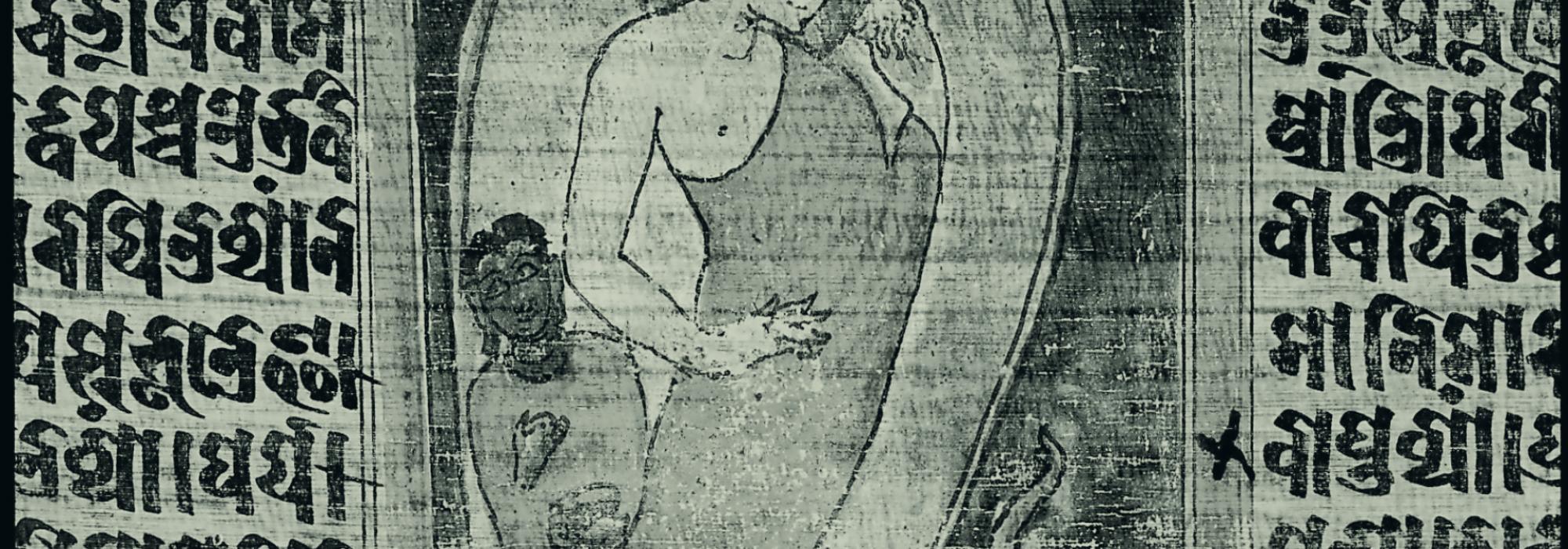शुष्को वृक्षस्तिष्ठत्यग्रे
तदुपरि कश्चित्सर्पोऽप्यस्ति ।
नीरसतरुरिह विलसति निकटे
तदुपरि मणिमयकुटिलभुजङ्गः ॥
shushko vrkshastishthatyagre
tadupari kashchitsarpopyasti |
nirasataruriha vilasati nikate
tadupari manimayakutilabhujangah ||
Banabhatta, the unrivalled champion of gadyakavya (prose-poetry), is no stranger to the lovers of Sanskrit literature. According to a legend, Sarasvati herself incarnated as Banabhatta and found her fullest and perfect expression in him. Such is his genius. Kadambari, his magnum opus, is what every gadyakavya wishes to be when it grows up. As with all great things, Bana too, was too good to last. He passed away while still composing Kadambari. The work remained incomplete, much to the disappointment of his connoisseurs.
Banabhatta had two sons. Competition arose between them to compose the unfinished portion of Kadambari, and the issue was taken to their teacher for settlement. To whom would he grant the privilege? To the better poet, obviously. In order to make a prudent judgement, the teacher gave them a test. They were both asked to describe the scene in front of them. They came up with two halves each of this verse – the first two lines were composed by the elder brother, and the last two by the younger one. Their compositions have exactly the same meaning.
A parched tree stands before us
Atop it sits a snake
The elder one did the job of a news reporter. His description was as dry as the subject of the verse – it hardly qualified as poetry. The younger one, Bhushanabhatta, though asked to describe the same scene, created magic. He used words like ‘nirasa’ (parched), ‘kutila’ (wily) and ‘bhujanga’ (that which slithers on its shoulders) to give his verse a melodious spin. As expected, he got the job.
Bhushanabhatta knew his limitations well; he didn’t think highly of himself. He was, however, successful in his work. Kadambari’s latter half, his composition, though no match for his father’s inimitable style, is not lacklustre. Thanks to him, the masterwork is available to us in full.
Translated from Kannada by Shashi Kiran B. N.
(The original article is from the anthology Kavitegondu Kathe.)








































